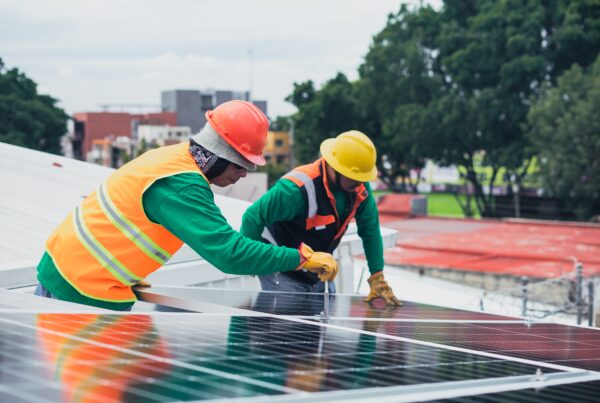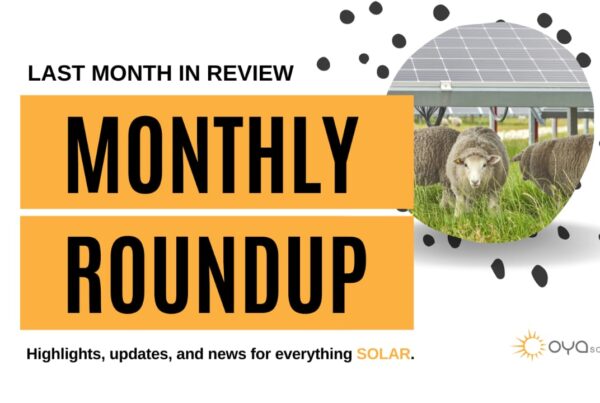Plus Tips on How to Make Decisions in an Uncertain Environment
The solar industry can often feel a bit like a rollercoaster, a solar-coaster, with ups and downs and sometimes leaving us all feeling a little sick to our stomachs. To successfully ride it out, solar industry players need to stay focused on the destination and remain flexible enough to adapt to the ebbs and flows of state programs, federal incentives, and regulatory shifts.
US Solar Energy Policy – A Revival of Build Back Better
Today, the legislative window is open for clean energy stakeholders to see key renewable energy bills moving forward at the federal level. It’s the first time that we are seeing renewed optimism at the federal level since West Virginia, Senator Joe Manchin (D) went on “Fox News Sunday” in December 2021 and effectively killed Biden’s Build Back Better.
Recently, Senator Manchin appeared earnest about returning to the negotiating table. Add in the confirmation of Ketanji Brown Jackson to the U.S. Supreme Court, and now many Democrats in Congress are once again focused on reviving at least the energy portions of Build Back Better through the budget reconciliation process.
Solar Energy Policy Makers Have Heard the Outcry Against Solar Tariffs
At the same time, the Auxin Solar tariff investigation threatened to derail, or at least dramatically slow, industry progress towards President Biden’s goal of reducing emissions 50-52% below 2005 levels by 2030. The whole industry breathed a sigh of relief when the Biden administration announced a two-year pause on new tariffs.
A survey of 412 companies by SEIA on the Auxin Impact found that 78% have had projects canceled or delayed. Moreover, more than 90% of community solar and utility-scale solar developers predict a severe or devastating negative impact on their business.
Ongoing Issues for the Solar Power Industry and Policy
General optimism about the future does not mean the issues facing the renewable energy industry in the U.S. have gone away. The solar industry like other renewables is facing high inflation, continued supply chain problems, and the ongoing tariff investigation. Here’s where proper risk management and strategic planning for uncertainty become critical ingredients to resolution.
Making Decisions: Plan for Uncertainty in Solar Policy
By closely tracking ongoing legislation and working closely with legislators and industry lobbyists, it is possible to effectively make strategic decisions using the limited information available and quickly pivot on that information.
The legislative process for implementing a state’s community solar program is filled with ambiguity regarding critical elements such as program size, bill credit rates, and project eligibility. Therefore, it is crucial to constantly evaluate and reevaluate the trajectory of those features. But waiting until there is certainty surrounding them and the chances of gaining a foothold in the market are incredibly slim.
Addressing Solar Energy Policy and Market Uncertainty through Your Culture
Succeeding in such a rapidly moving market requires both mindset and flexibility. At OYA Solar, we are constantly evaluating and adjusting to current and future market dynamics and rules. We have built a team and culture around this dynamic mindset, and we are not the only company in the industry thinking like this. Despite the current headwinds, we are confident that the solar industry is well-positioned for continued success and growth.
Recent Posts / View All Posts







